Eating roadkill is an excellent source of nutrition for a growing number of gatherers, people on a tight budget, and people who live a back-to-nature lifestyle. It is also a great way to treat the killed animal with respect by using its meat, skin, and fur rather than letting it rot unceremoniously by the roadside. But is it safe to eat a roadkill?
Roadkill may be eaten safely – provided you take a few precautions. You must examine the animal to ensure it wasn’t unwell or hurt before the collision that killed it. Although there are hazards of rabies and bacteria, by being aware of the warning signals and using caution, you may reduce these risks.
Eating roadkill is a common practice and a practical approach to prevent the loss of good meat. But how can you tell whether eating roadkill is safe for you? Read on to learn more.
Quick Navigation
- What Is Roadkill Food?
- Is It Safe To Eat?
- What Are The Best Roadkills To Eat
- How To Safely Eat Roadkill
- Unexpected Benefits of Eating Roadkill
- Conclusion
What Is Roadkill Food?
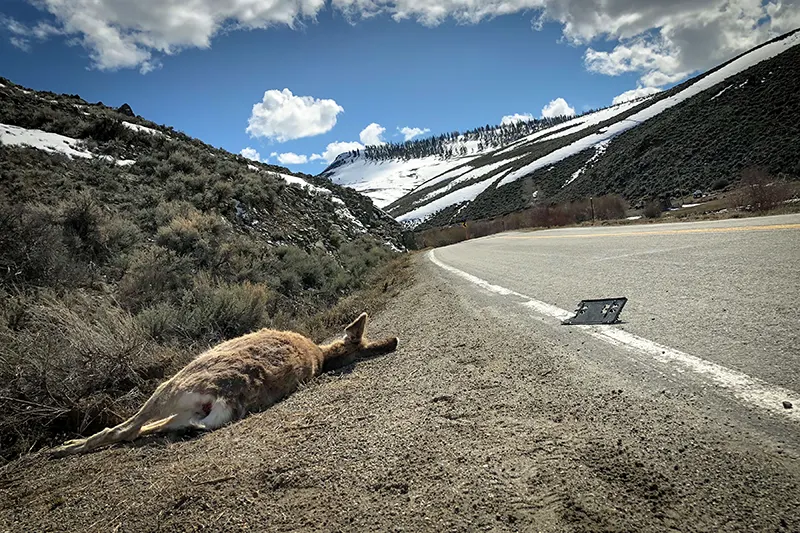
Cooking and eating roadkill—animals struck by cars and left by the side of the road—is known as roadkill food.
A tiny subculture in the United States, southern Canada, the United Kingdom, and other Western nations, as well as in other areas of the world, engages in this practice.
According to the U.S. Department of Transportation Federal Highway Administration, thousands of animals are killed by automobiles yearly on American highways.
In dozens of jurisdictions, it is lawful to legally harvest the flesh from an animal victim to be consumed by humans instead of seeing them decay and go to waste by the side of the road.
For instance, Wisconsin began providing roadkill deer salvage stickers in the 1950s because there was a need.
Farmers and hunters are more likely to slaughter animals in rural areas, and cultivating food independence is predominantly a rural habit.
Is It Legal To Eat Roadkill?
It is crucial to confirm the roadkill gathering and eating regulations in your state, province, or area with your local law enforcement. Certain American states prohibit roadkill consumption, for instance, but permit it in others.
However, the local wildlife officials occasionally own ownership of specific animals and must be contacted before distribution, or permission may be required.
Additionally, there can be temporary or local prohibitions because of a heightened danger of contracting particular illnesses that may have flared up. Maintaining an understanding of the laws and health dangers is always good.
More than 20 states in the U.S., including California, Vermont, Washington, Oregon, and Pennsylvania, permit the collection of roadkill for human consumption.
Lawmakers approved the collection of roadkill from the areas of the state with heavy wildlife accidents.
Is It Safe To Eat?
In many cases, it is safe to eat roadkill. However, for your safety, you should know that it comes with rotting, rabies, and sickness hazards.
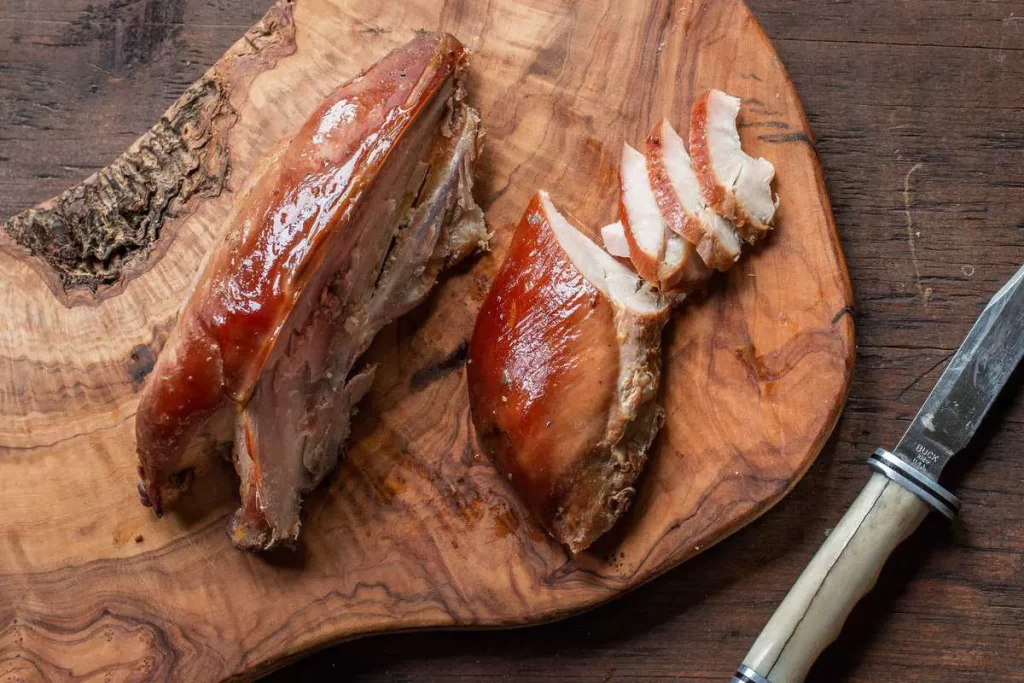
By being aware of the warning signals and using caution, you may reduce these risks:
- Assess the freshness. It is fresh blood, of course, if you see the actual collision of the animal or fresh kill.
- Check for clear eyes, fleas still active on the animal’s hair or skin, and a generally healthy-looking appearance.
- Consider the temperature. Roadkill from the winter is likely to stay fresher than roadkill from the summer.
- Avoid roadkill that has infestations of a few flies and maggots, or other scavenging insects, since this suggests that it is not new, and it is a sick animal.
- The animal is less fresh but may still be edible if its eyes are milky, cloudy, or white.
- If it smells like rotten flesh, believe your nose.
- Search for the whole roadkill. It will not be suitable for you to ingest roadkill scraped off the road because it has been flattened and there is too much damaged meat.
- Identify bad meat and only consume roadkill that you are sure is fresh if you are in a survival emergency.
How Long Is Roadkill Safe to Eat?
Bacteria typically multiply more quickly at higher temperatures. They grow fastest at temperatures between 40 and 140 degrees Fahrenheit (ca. 60 °C), where they can double in number in as little as 20 minutes.
Roadkill flesh might harbor bacteria that can cause disease when the temperature is warm. In reality, you might detect bloating due to all the bacteria growing and creating gasses in an animal’s intestines after it has been dead for a while.
You must prepare it within 12 hours if it is safe and lawful for you to consume to prevent spoilage.
The Dangers of Eating Roadkill
A few factors might make eating and harvesting roadkill dangerous.
Heat
Likely, the flesh from a dead animal found on a roadside in hot and humid conditions is harmful to consume unless it was recently killed (for instance, if you struck it personally and know how long it’s been dead).
Rabies
Wearing gloves is advised while handling, gutting, and skinning wild animals. You should also ensure you don’t have any open wounds that may get infected, even though rabies is swiftly fatal once the host dies.
Although you can kill rabies during boiling and processing wild game animals, it is generally a good idea to boil known rabies carriers beforehand.
Bacteria
With bacteria, possible issues are both sickness and parasites. Cooking roadkill thoroughly is the best way to prevent significant disease and bacteria.
Even though most animals are at least somewhat edible, knowing which ones are more prone to illness is advantageous.
What Are The Best Roadkills To Eat
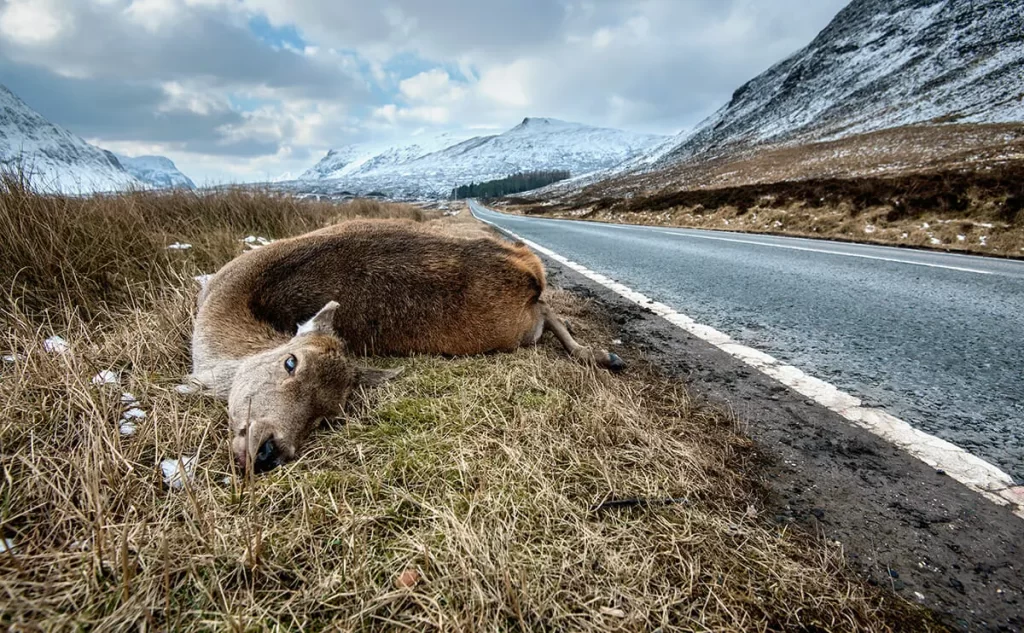
The following are examples of edible roadkill animals:
- deer (venison)
- moose
- bear
- raccoon
- opossum
- kangaroo
- wallaby
- hedgehog
- otter
- rabbit
- fox
- beaver
- squirrel
Dead deer or feathered meat has a far better taste than meat raised professionally because they naturally have an organic diet.
Rabbit stew is a great dish popular in many states.
You can also eat reptiles, although they could be pretty crushed.
It is best to avoid smaller animals like rats because they may be carriers of Weil’s illness.
The gray area is eating family pets such as cats and dogs. It is the kindest thing to do to pull the pet off the road and call the owners to come to get it.
How To Safely Eat Roadkill
For those still uneasy, understanding roadkill rules is a crucial survival skill for those emergency situations or when you are lost and hungry.
Learn from the experts
Getting to know folks currently collecting roadkill and learning from them is the smartest thing you can do when you start out.
They can show you where to discover roadkill chances in your region and educate you on what to look for to determine whether the roadkill is safe to eat. Seek skill-sharing workshops that will teach you in properly preparing roadkill.
Check for the presence of water and dirt
These factors expose the animal to environmental germs. The meat may not be salvageable, for instance, if an animal sits in a filthy puddle by the side of the road.
Even if the body is cold, dry, and comparatively clean, you still need to check to ensure the stomach and intestines are intact. Leaky intestinal germs might render the animal’s meat inedible.
Butcher the meat
To prevent spoilage and waste food, dress a deer or other big animal and quickly chill it. You will need a roadside walk-in freezer that can be readily cleaned.
Roadkill is relatively easy to prepare for anybody with a basic grasp of food safety. Try it with some basic butchering abilities since it involves gutting, dressing, and hanging the roadkill. Visit a butcher if you must.
Cook the meat fully
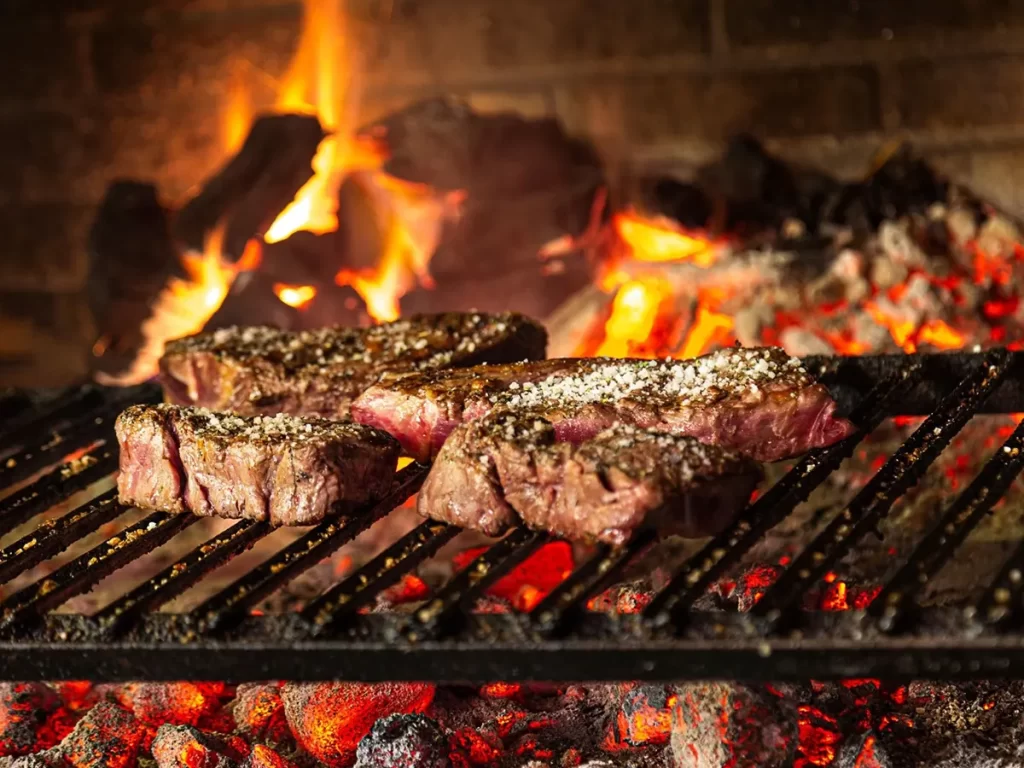
This process is essential to eliminate any infections or parasites in the meat. Use a higher temperature than average to ensure the meat is well cooked.
Always more than “well done.” Put a meat thermometer to use. Don’t take a chance by cooking haphazardly.
Unexpected Benefits of Eating Roadkill
Humans have ingested roadkill in needy circumstances or for moral, environmental, and practical reasons.
Eating roadkill is a cheap way to get meat, and it is a prolific food supply, as there is typically approximately 100 million roadkill in only America each year.
It is also an ethical and respectful approach to dispose of wild animals killed on our many highways worldwide.
It is more compassionate because warm-blooded animals killed in traffic accidents did not endure the trauma and suffering from being transported and slaughtered.
Compared to factory-farmed animals injected with antibiotics, hormones, and growth promoters, eating roadkill is better for one’s health. Wild game meats are often lean, low in calories, and rich in protein.
Another benefit is that no scavenged roadkill contains any of the additives or pesticides sometimes seen in industrial farming.
The acceptance of roadkill has social advantages as well. Scavenging on the roadside may be profitable, especially in rural regions where large creatures are more prevalent than in metropolitan areas.
The Fish and Wildlife personnel in Alaska gathers reported road-killed animals and donates them to charity.
Conclusion
For some people, eating roadkill may be repulsive or even forbidden. However, some people see finding a deer, moose, or other animals in the middle of the road as a true treasure.
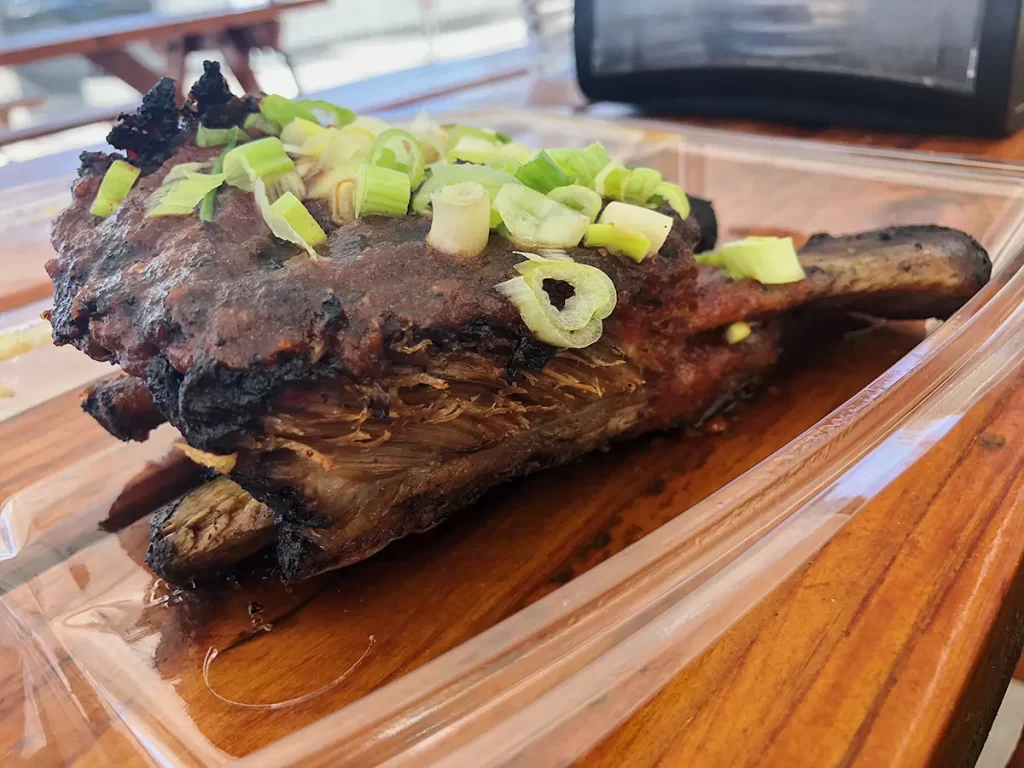
Roadkill meat is a natural and nutritious source of protein, so its demise shouldn’t prevent it from being a good meal.
We, as humans, are scavengers at our very core. Eating wildlife has a long history across many countries worldwide, and the more we can gather sustainably, the better.
